Twelve Ukrainian children have been welcomed by pupils and staff at Ardler Primary School.
And according to one of their parents, the children have described the Dundee school as a ‘school of dreams’!
The children are among 59 Ukrainians to start at city schools, 36 in primary schools and 23 in secondary, after their families were forced to flee their home country by Russia’s invasion.
In Angus schools there are 46 Ukrainian pupils and in Perth and Kinross schools 60. No figures are available for Fife.
Ardler head teacher Louise Reid said they were learning English quickly and voiced her pride in how the other children had welcomed their new classmates.
Communicating with the Ukrainian children
Apps and programmes such as Google translate are being used to communicate with the children, as well as communication fans, which feature simple pictures and words in Ukrainian, so teachers can understand their basic needs and wants – for example, if they need the toilet or are hungry.
Louise said: “These were really important in the first few days to make sure the children were settling in and happy.
“We have been using pictures a lot in school and a lot of symbols to communicate.
“I speak to them all at the end of the day and their English is coming on quite quickly.”
The technology, has allowed children to translate pieces of writing children have done in Ukrainian, and is also used to communicate with their parents.
Support is also being given by a bilingual staff member experienced in teaching English as an additional language.
Playing old-fashioned games
The children have been enjoying playing games at the school.
Louise explained: “They have been learning games in PE that they have never played in Ukraine – different kinds of tig, rounders and Daily 15 activities.
“Once or twice a day we are also getting all the Ukrainian children together and they have been playing good old-fashioned games like Ludo, Snakes and Ladders and Frustration.
“It is a chance for them to speak in their own language and they have really been enjoying those times together.”
Louise said feedback from the Ukrainian children’s parents has been very good.
I know they have only been here three or four weeks but they are very much part of the school already.”
Louise Reid, head teacher, Ardler Primary
“After the first few days I spoke to one of the parents to ask if their children were enjoying it and the dad said ‘yes, yes, they are all describing the school as a school of dreams!’
“I know they have only been here three or four weeks but they are very much part of the school already.”
Ardler Primary School pupils were aware of the situation in Ukraine before the refugees arrived as they regularly watch BBC Newsround in school.
Louise said: “They know about the circumstances of why the children had to leave their own country and that they came here to be safe.
“The children know they have to be kind and helpful and they have been saying to their parents that they have to smile lots to make sure the Ukrainian children feel welcome.
“The first few days we buddied each of the Ukrainian children up with another child so there was someone who would stick with them for going to the toilet or to the lunch hall – that really helped build friendships.”
She added: “The children at Ardler have been amazing – I have been really proud of how they have made them feel so welcome.”
Ukrainian children at schools in other areas
Ukrainian children are also settling into other schools across Courier country.
An Angus Council spokesperson said: “Our schools in Angus have been very welcoming and supportive of the Ukrainian children and families here.
“Most are just in the process of settling into their new schools and making new friends.
“Staff are also getting to know the children and young people and how best to meet their needs in the short and longer term.”
Perth and Kinross Council depute leader Councillor Eric Drysdale said: “Our schools have been welcoming Ukrainian schoolchildren as they arrive and our English as an Additional Language (EAL) service works with every pupil entering the school system.
Perth and Kinross has always been a welcoming place and the way communities have rallied round to support those fleeing the conflict is testament to that generosity of spirit.”
Perth and Kinross Council depute leader Eric Drysdale
“We’ve also created a suite of online materials for Ukrainian pupils.
“Perth and Kinross has always been a welcoming place and the way communities have rallied round to support those fleeing the conflict is testament to that generosity of spirit.”
Fife Council said it doesn’t have information available on the numbers of enrolments at Fife schools of children from Ukrainian families.
Read more:
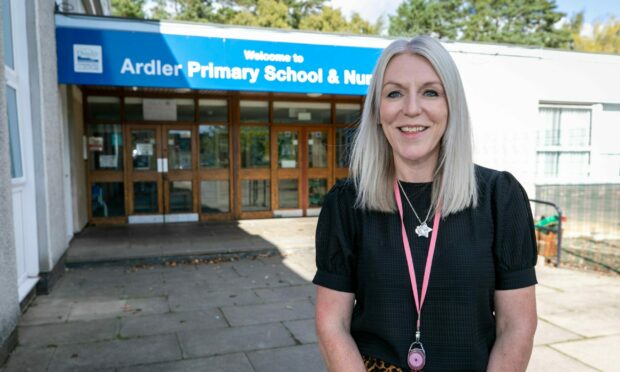
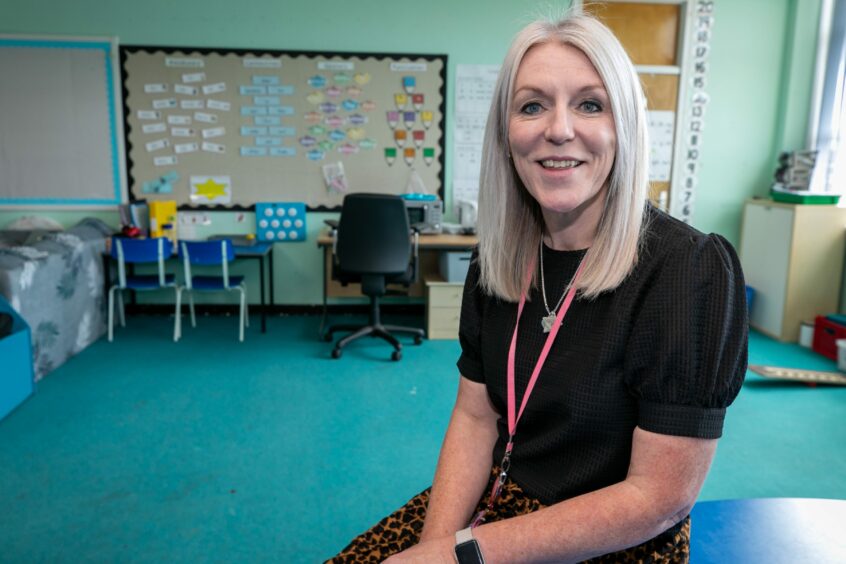
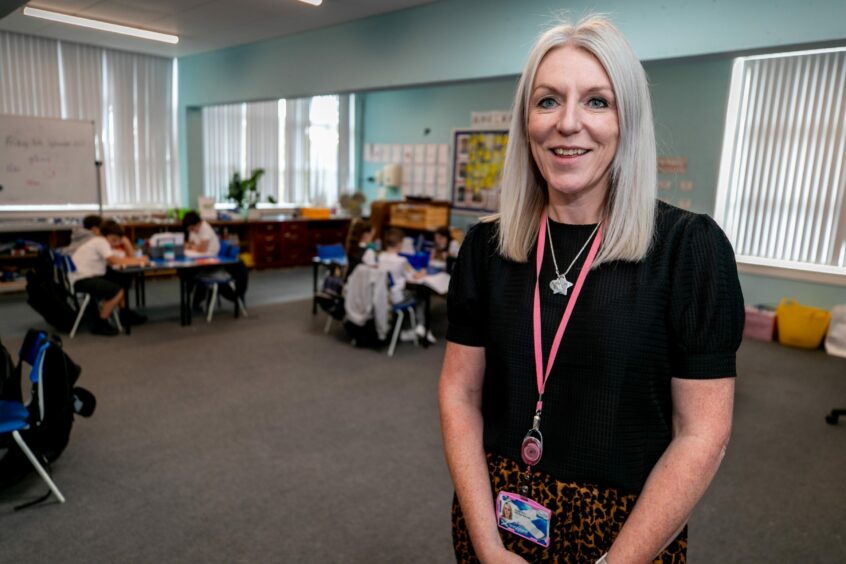







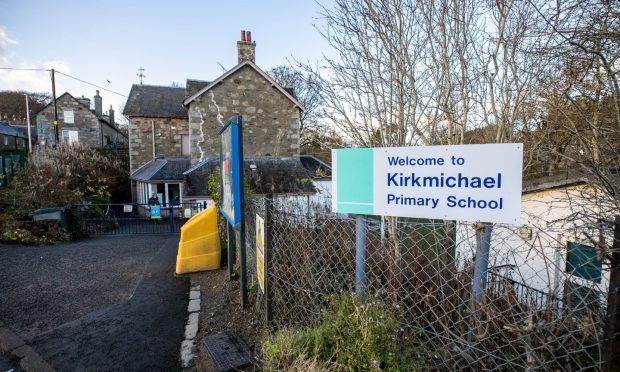
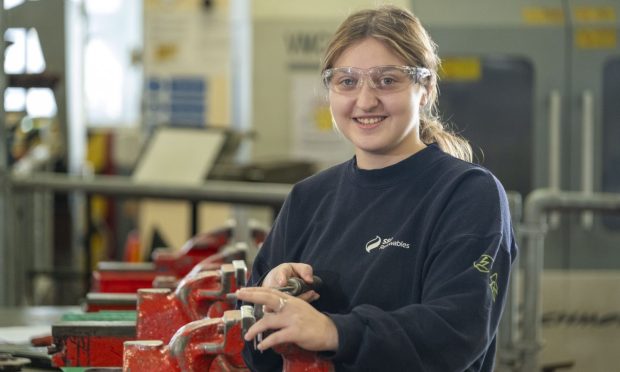
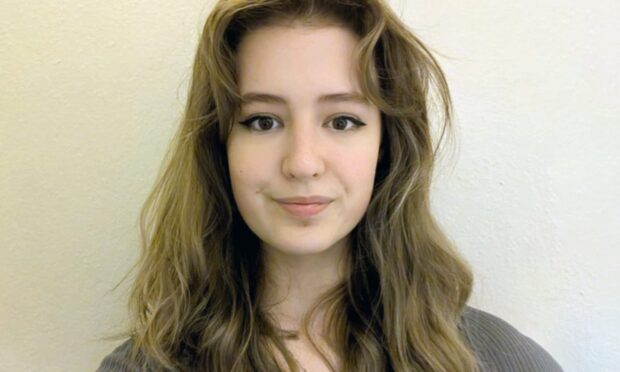
Conversation